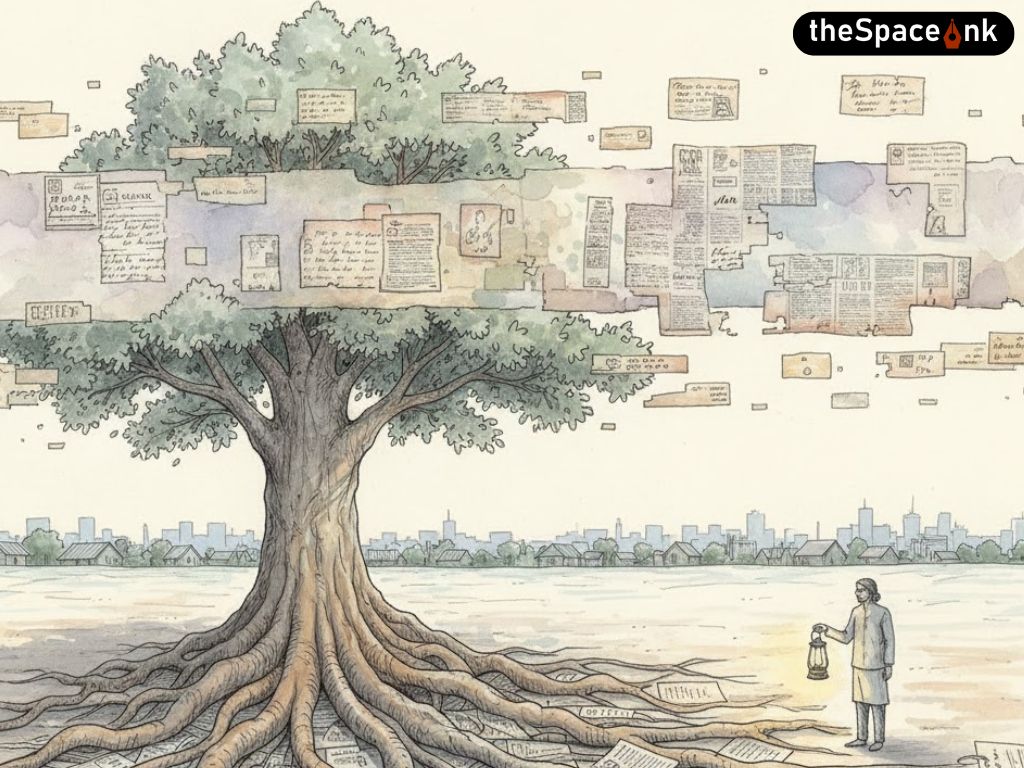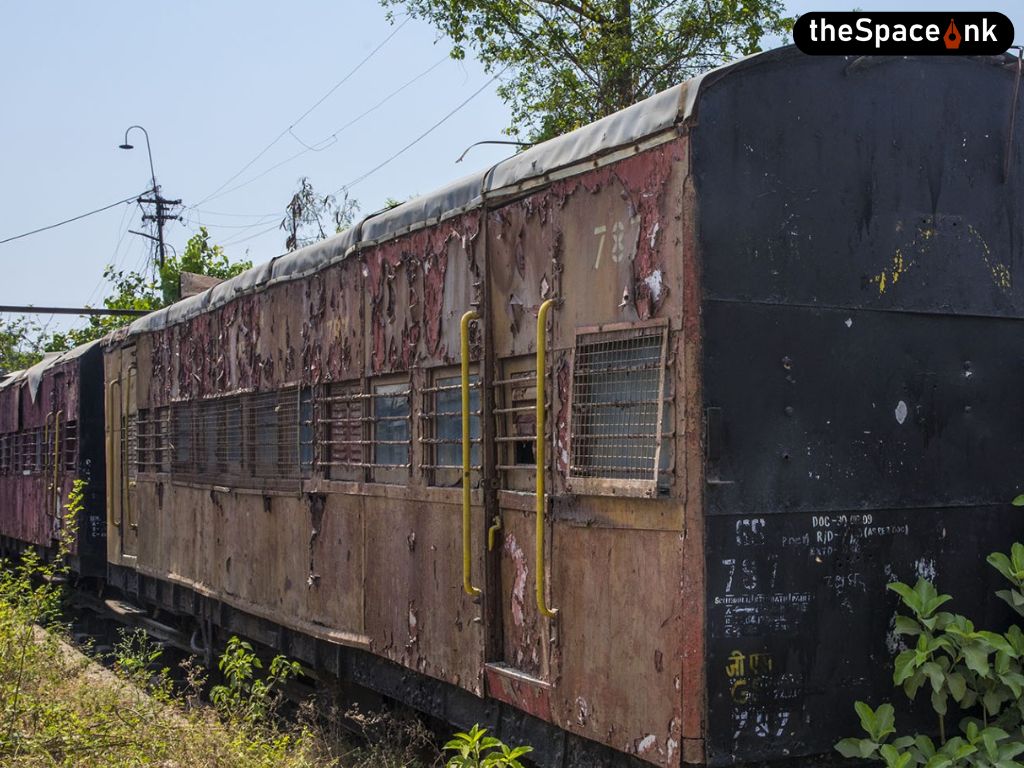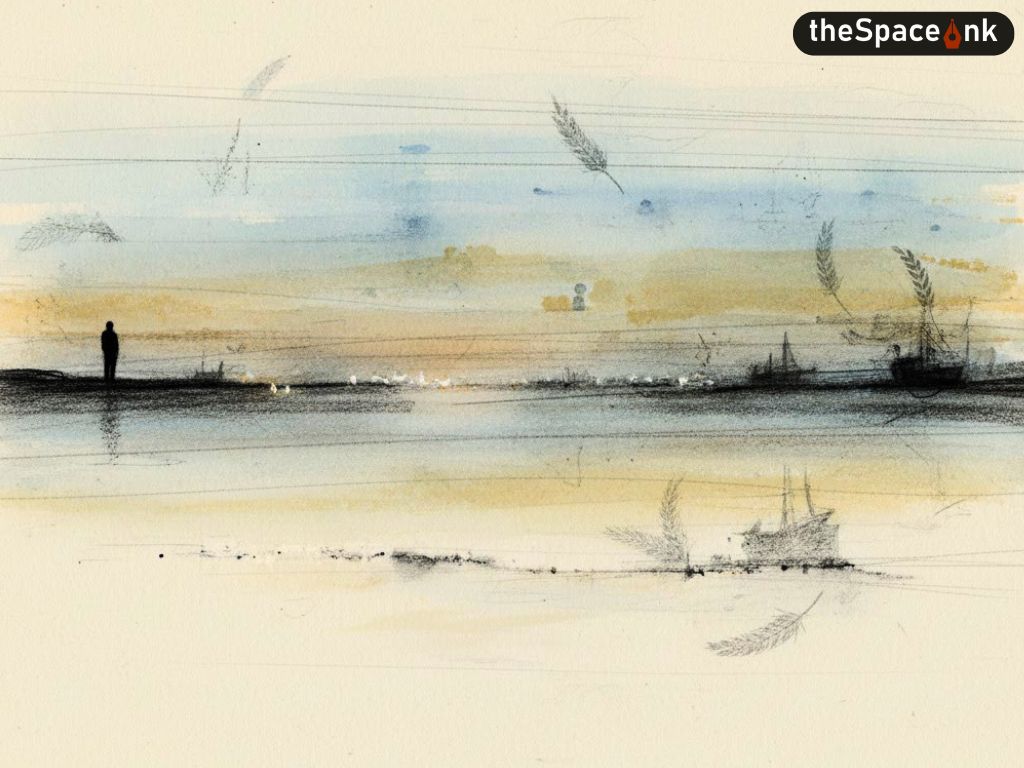Coming back to the Permit Control Raj, I have some amusing recollections of the time. One was when a file was placed for my approval which said that we should permit an amount of something like 1,37, 843 peacock tail feathers this year.
When I asked why this number, I was informed by the desk officer that this number was 2.333 percent higher than last year. But why was last year’s permit fixed at that level? The prompt answer was that it was 2.333 percentage higher than the previous year. I kept the file back and studied its notes for the preceding several years and found that the percentage rise each year was constant, but no one could explain the basis of the figures.
I demanded that the real reason for this routinised decision be found out. The section officers and desk officers threw their hands up, in exasperation. “Because it is always like this” did not appear to be a compelling logic to me.
Within a day or two, a delegation of the exporters of peacock-tail feathers met me to complain that my (stupid) questions were hurting their business interests as they had procured the exact number of feathers, packed them up and sent them to the ports — because they were certain that these permits would be issued, as had happened every year. Besides, importers in the Middle East where these feathers were in high value and used to sweep the ‘sacred area’ of mosques, were getting impatient.
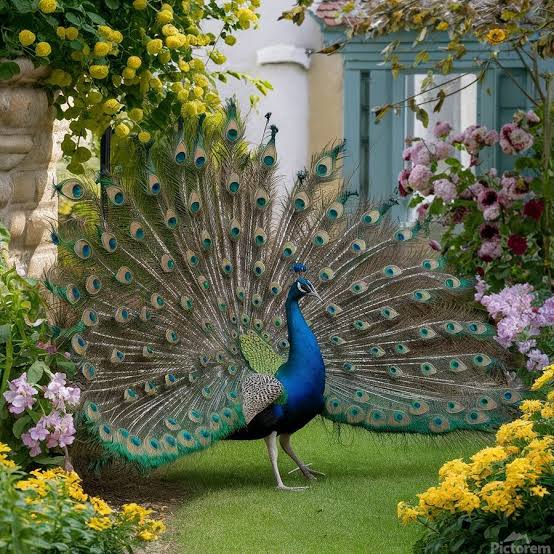
But they had no reply to my persistent question as to why we should permit this number and not (say) double of it, or even half the number. Nobody knew. Finally, a wizened old man mentioned that he had been told that, in the past, some unscrupulous people used to pluck feathers off live birds.
Government requested the famous, ornithologist, Dr Salim Ali to study the issue and give his opinion. He had declared that X number of feathers were naturally shed by peacocks each year. Based on this magic number way back in that obscure year, a certain percentage of it was “deemed fit for export” without harming the birds.
And then, it was determined by wise men that every year the export quota could thereafter be increased by 2.333 percentage of the previous year’s — as it was a calculated percentage of the rate at which the number of peacocks increased, annually.
Whew! No one could show me that file and eventually the Secretary and the Additional Secretary intervened to told me not to quibble, because exporters were troubling them through MPs and ministers. I guessed I had no option but to approve the file — which I did.
I gave one small note while returning the file, saying “I sincerely hope that peacocks of India knew that they were obliged to shed that number of feathers each year, in terms of Commerce ministry’s diktats.”
But not everyone was living off the benefits of the past. My rather hyperactive JS, Mr M. R. Sivaraman, called me to his room to introduced me to the exporters of oil-seed cakes and extractions. They exported the leftovers ‘cakes’ after oil had been extracted and their materials constituted low value but high-volume cargo. Thus, they could not afford to ship them from the bigger ports, and instead, went through smaller and cheaper ports. Abroad, animal feed producers mixed these de-oiled cakes with maize and a few other things to make first class feed for poultry and animals.
Fair enough, but the problem lay in transporting these extractions in huge loads from central and western states to the numerous small ports of Gujarat, as there were bottlenecks — like the lack of connectivity by road or rail from the main routes right up to the small ports. So off to Gujarat I was sent by the JS — in blazing 42 degrees and I literally hopped from port to port — from Kandla to almost Bharuch, solving problem after problem or referring them to Delhi or Gandhinagar for immediate top-level intervention.
Also Read: My Early Years in Delhi Part 2
I came back totally sunburned— my wife was exasperated at my state when she saw me after a week. But when the exports of these products almost doubled in a year, it gave immense satisfaction. That is what the Central government in Delhi is supposed to do, not destabilise states or make life miserable for the opposition ruled ones. The exporters who reached our ministry in autorickshaws in 1989 now travel in swank luxury cars.
A sight to behold during the 1980s was the central spinal corridor on the first floor of Udyog Bhavan. It flaunted daunting ‘red lights’ outside every chamber of the Joint Secretaries and Additional Secretaries almost all the time, so much so, that we renamed it as ‘the Red-Light area’.
The red and green lamps outside every chamber were to indicate whether the official was busy or free to meet any of the dozens and scores of visitors (businesses-men, middlemen and favour seekers). The lights were invariably red and the PS to the JS or the AS looked harassed or officious as they fobbed off those who were not ‘nice enough to them’ or the ‘boss was unwilling to meet’.
We, Deputy Secretaries and Directors (oh, I was promoted as Director, soon enough — by the Newtonian laws of motion) had often to wait in the ‘outer office’ of the boss that were often just cubbyholes. Standing there were businessmen, both bright and shady, who were in the queue. It was not that all JSs were looking for favours — a few did, indeed — or that they were too pompous.
It was just that, over the years, rules and controls and prohibitions had piled on each other and everyone wanted to play safe, lest some provision be violated and then the ‘three dreaded Cs’ (CAG, the dreaded chief government accountant, the CBI or the more-dreaded Central Bureau of Investigation or the CVC, the Central Vigilance Commission) pounce on them.
That notwithstanding, one found both the indicator-lights were switched off for an hour or more, as many a JS was off to lunch with some favour seeker. They understood his problems better over five-star cuisine and imported vodka that did not reveal his begotten cheer through his breath, once back in office.
As for me, I carried a tiffin box from home, and I was told by my PA that this sight put off many a petitioner who had hoped to get me over to Taj Hotel on Mansingh Road for lunch. It was not that I hated 5-star food (I couldn’t afford it), but that the lunch hour was the best time one could work, without interruptions and visitors. Of course, I joined the ‘Directors’ lunch club’ in someone’s room at times. There, we simply warmed our home food over some heater and shared stuff, as we made mincemeat of our bosses.
I left the ministry in December 1991 after spending six busy and satisfying months in tearing down the Berlin Wall of the Licence Permit Control Raj — during the Liberalisation operation that began in June 1991. I mention this here because when I visited Udyog Bhavan as a ‘State secretary’ a couple of years later, the ‘red light area’ was dazzling with green lights.
With licences and controls gone, the spinal corridor had none of the crowds of favour seekers and touts. I dropped into a batchmate’s room — he had become JS — and we had a big laugh that even green lights would not do. We needed blinking green lights to get crowds back to Udyog Bhavan.
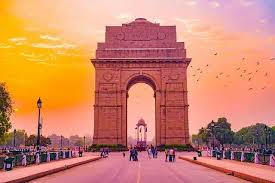
Things changed over the next few years and though Liberalisation brought in huge benefits, the scale of corruption went up a lot and the sleaze moved more and more to the political class that was finally ruling and changing bureaucrats like used tissue-paper. In later years. I shall narrate this some other time, my experience with the new confident entrepreneurial class that replaced the supplicants of the 1980s.
I was back in Delhi from 2006 to 2016 and again from 2021 to 2024 — but this is not the place to discuss those phases. The new entrepreneurial class did produce wealth and could buy up everyone and everything. Those who has the blessings of hand-in-glove politicians, later during the unabashed crony capitalism period could not only buy, they and their political colluders could also sell off a lot —including much of what is known as our India.
Image Courtesy: Pictorem, Thomas Cook
year
Jawhar Sircar is a former Member of Parliament. He retired from the Indian Administrative Service as India’s Culture Secy and was later Chief Executive Officer of the public broadcaster, Prasar Bharati. He is well-known for his articles on history, culture and politics and his columns appear in several leading Indian and foreign newspapers and magazines in English and Bengali. Sircar has also been the Chairman of the Centre for Studies in Social Sciences, Kolkata.





